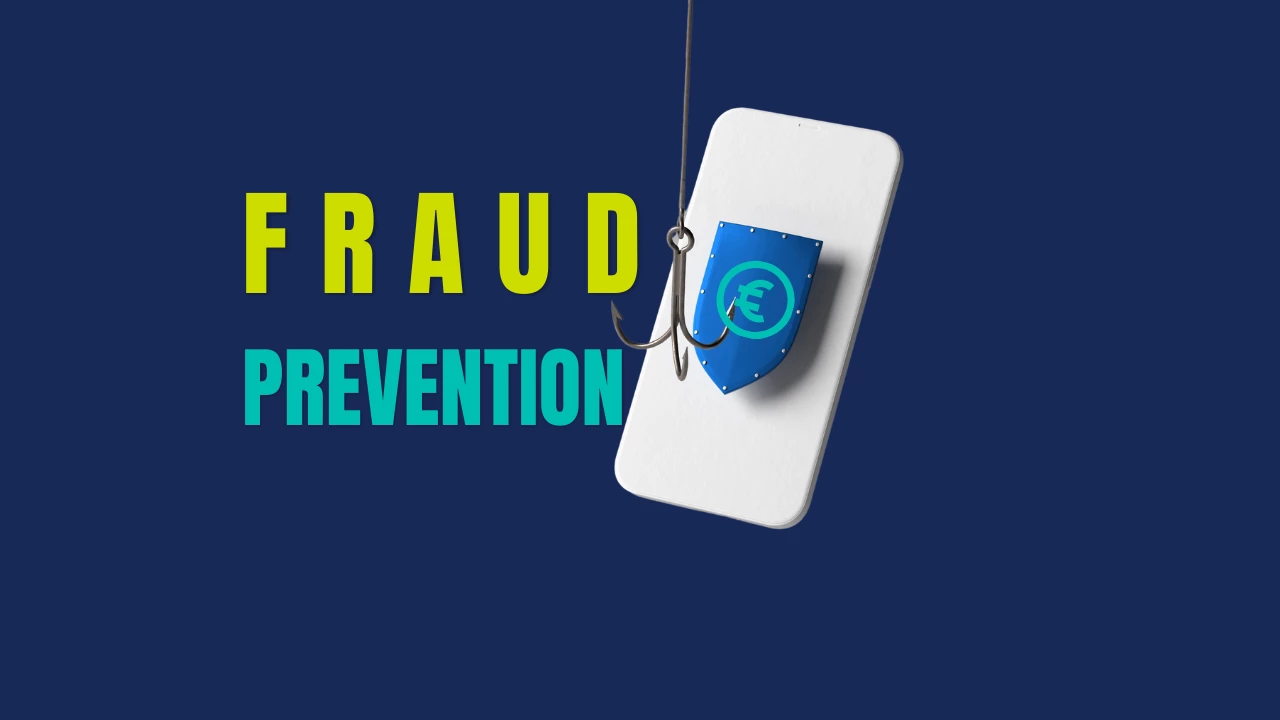In today’s digital era, accessing loans has never been easier. With just a few clicks, you can apply for a personal loan, business loan, or mortgage online. However, this convenience comes with a downside: the rise of loan scams. Fraudulent lenders and fake loan companies are preying on unsuspecting borrowers, leaving them financially devastated and emotionally drained.
Loan scams can take many forms, from phishing schemes to outright identity theft. The consequences can be severe, including lost money, damaged credit, and even legal troubles. That’s why it’s crucial to stay informed and vigilant.
What Are Loan Scams?
Loan scams are fraudulent schemes designed to trick borrowers into paying upfront fees, sharing sensitive personal information, or signing up for loans with unfair terms. Scammers often pose as legitimate lenders, using fake websites, phone calls, or emails to lure victims.
The ultimate goal of these scams is to steal your money, personal information, or both. Unfortunately, once you’ve fallen victim, recovering your losses can be extremely difficult.
Common Types of Loan Scams
Here are some of the most common loan scams to watch out for:
1. Advance Fee Scams
In this type of scam, the “lender“ asks for upfront payment before qualifying your loan. They may claim the fee is for processing, insurance, or taxes. Once you make the payment, the scammer disappears and you never get your loan.
Red Flags:
- Requests for upfront payments.
Pressure to act quickly. - No physical address or contact information.
- Pressure to act quickly.
2. Phishing Scams
Scammers send fake emails or text messages pretending to be from a legitimate lender. These messages often include links to fraudulent websites designed to steal your personal information, such as your Social Security number or bank account details.
Red Flags:
- Unsolicited messages asking for personal information.
- Poor grammar and spelling in emails.
- Suspicious links or attachments.
3. Ghost Lenders
Fake loan companies create professional-looking websites and promote loans with unrealistic interest rates. Once you have applied, they ask for personal information or an upfront fee only to vanish later.
Red Flags:
- No physical address or verifiable contact information.
- Unrealistic loan terms (e.g., “No credit check required”).
- Lack of online reviews or a poor reputation.
4. Loan Flipping Scams
Some scammers target borrowers with existing loans, offering to refinance or “flip” their loan at a lower rate. However, the new loan often comes with hidden fees, higher interest rates, or unfavorable terms.
Red Flags:
- Unsolicited offers to refinance your loan.
- Pressure to sign documents without reading them.
- Lack of transparency about fees and terms.
5. Identity Theft Scams
Scammers pose as lenders to collect your personal information, such as your Social Security number, driver’s license, or bank account details. They then use this information to commit identity theft.
Red Flags:
- Requests for unnecessary personal information.
- Unsolicited loan offers.
- Suspicious or unsecured websites.
Red Flags of Loan Scams
To protect yourself from loan scams, watch out for these warning signs:
- Upfront Fees: Legitimate lenders rarely ask for fees before approving a loan.
- Guaranteed Approval: No legitimate lender can guarantee approval without reviewing your credit and financial situation.
- No Physical Address: Scammers often operate online without a verifiable address or phone number.
- Pressure to Act Quickly: Scammers use urgency to prevent you from researching or thinking critically.
- Unrealistic Terms: Be wary of loans with no credit check, extremely low interest rates, or no repayment terms.
How to Protect Yourself from Loan Scams
Here are some practical steps to avoid falling victim to loan scams:
1. Research the Lender
Before applying for a loan, research the lender thoroughly. Check their website, read customer reviews, and verify their contact information. Look for lenders registered with your state’s financial regulatory authority.
2. Avoid Upfront Fees
Legitimate lenders deduct fees from your loan amount or include them in your repayment plan. Never pay upfront fees for a loan.
3. Protect Your Personal Information
Only share sensitive information with trusted lenders. Avoid providing your Social Security number or bank account details over email or phone.
4. Read the Fine Print
Carefully review the loan agreement before signing. Look for hidden fees, unfair terms, or unclear repayment conditions.
5. Verify the Website
Ensure the lender’s website is secure by checking for “https://” in the URL and a padlock icon in the address bar. Avoid clicking on links in unsolicited emails or messages.
6. Trust Your Instincts
If something feels off, trust your gut. Scammers often use high-pressure tactics to rush you into making a decision.
What to Do If You’ve Been Scammed
If you suspect you’ve fallen victim to a loan scam, take these steps immediately:
- Contact Your Bank: Notify your bank or credit card company to stop any unauthorized transactions.
- Report the Scam: File a complaint with the Federal Trade Commission (FTC) or your state’s attorney general’s office.
- Monitor Your Credit: Check your credit report for suspicious activity and consider placing a fraud alert.
- Change Your Passwords: Update passwords for your online accounts to prevent further unauthorized access.
- Seek Legal Advice: Consult a lawyer if you’ve suffered significant financial losses.
Loan Scams vs. Legitimate Lenders: A Comparison
| Feature | Loan Scams | Legitimate Lenders |
|---|---|---|
| Upfront Fees | Require upfront payments | Deduct fees from loan amount |
| Approval Guarantees | Promise guaranteed approval | Review credit and financial history |
| Contact Information | No physical address or phone number | Provide verifiable contact details |
| Loan Terms | Unrealistic or unclear terms | Transparent and fair terms |
| Pressure Tactics | Urge you to act quickly | Allow time for decision-making |

